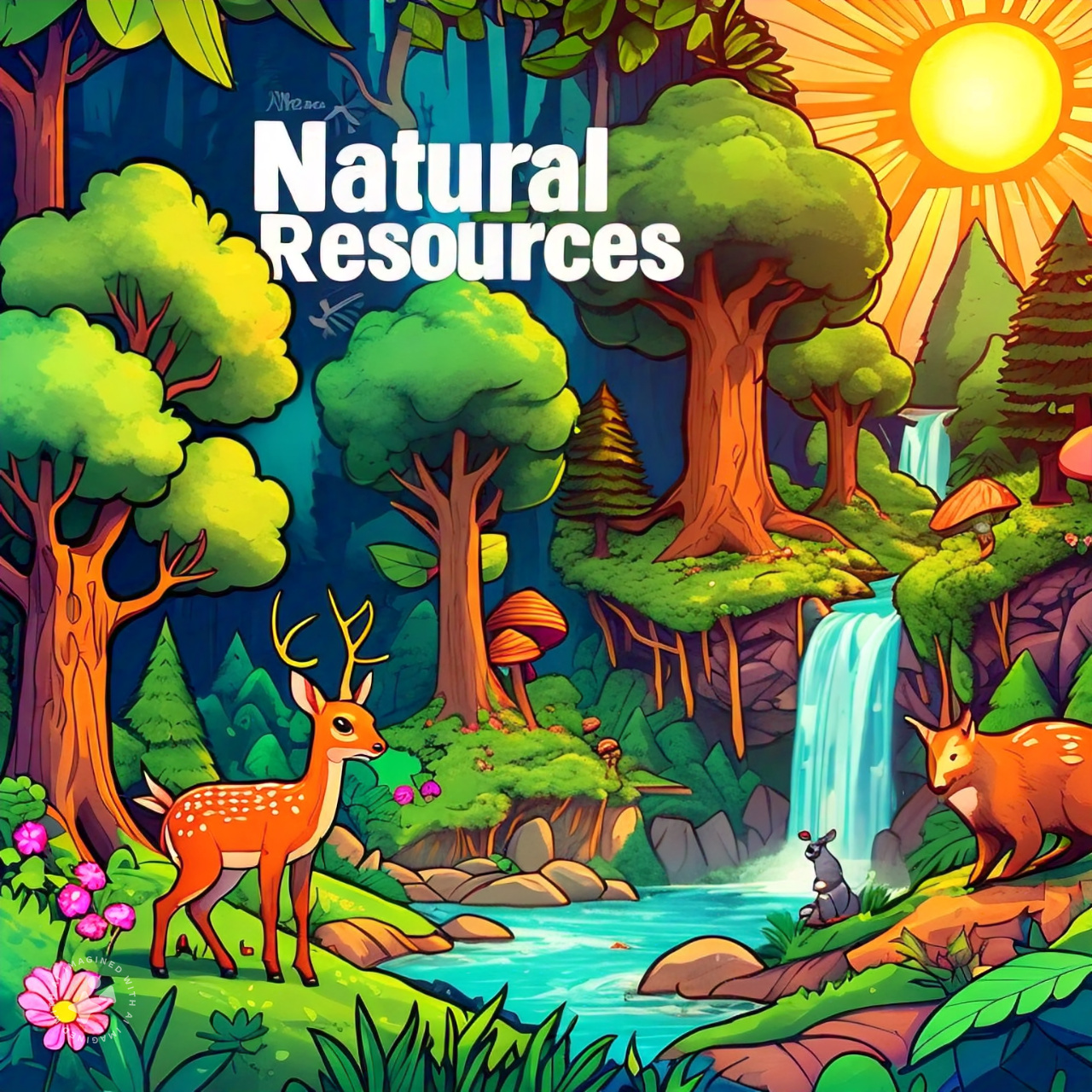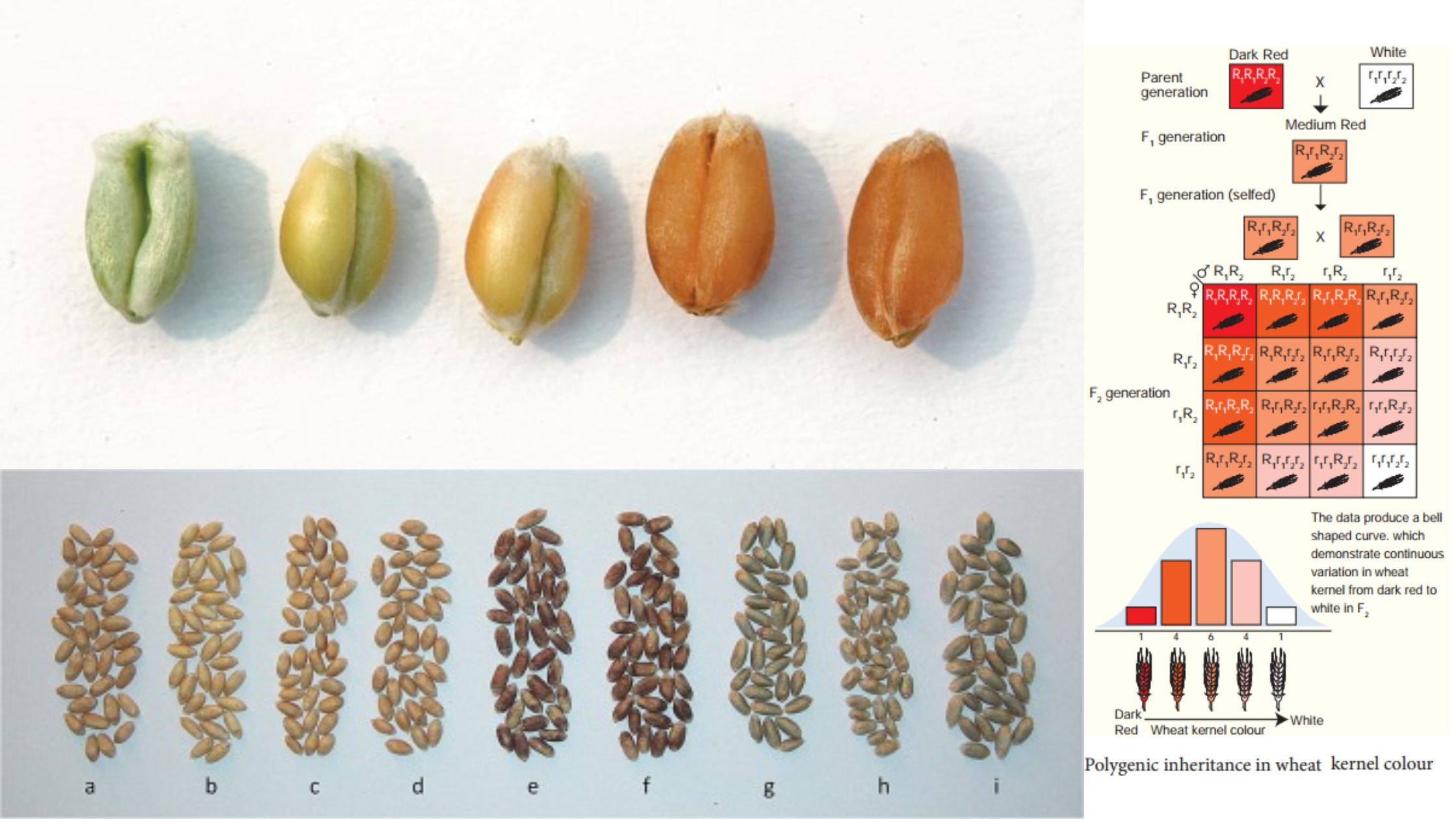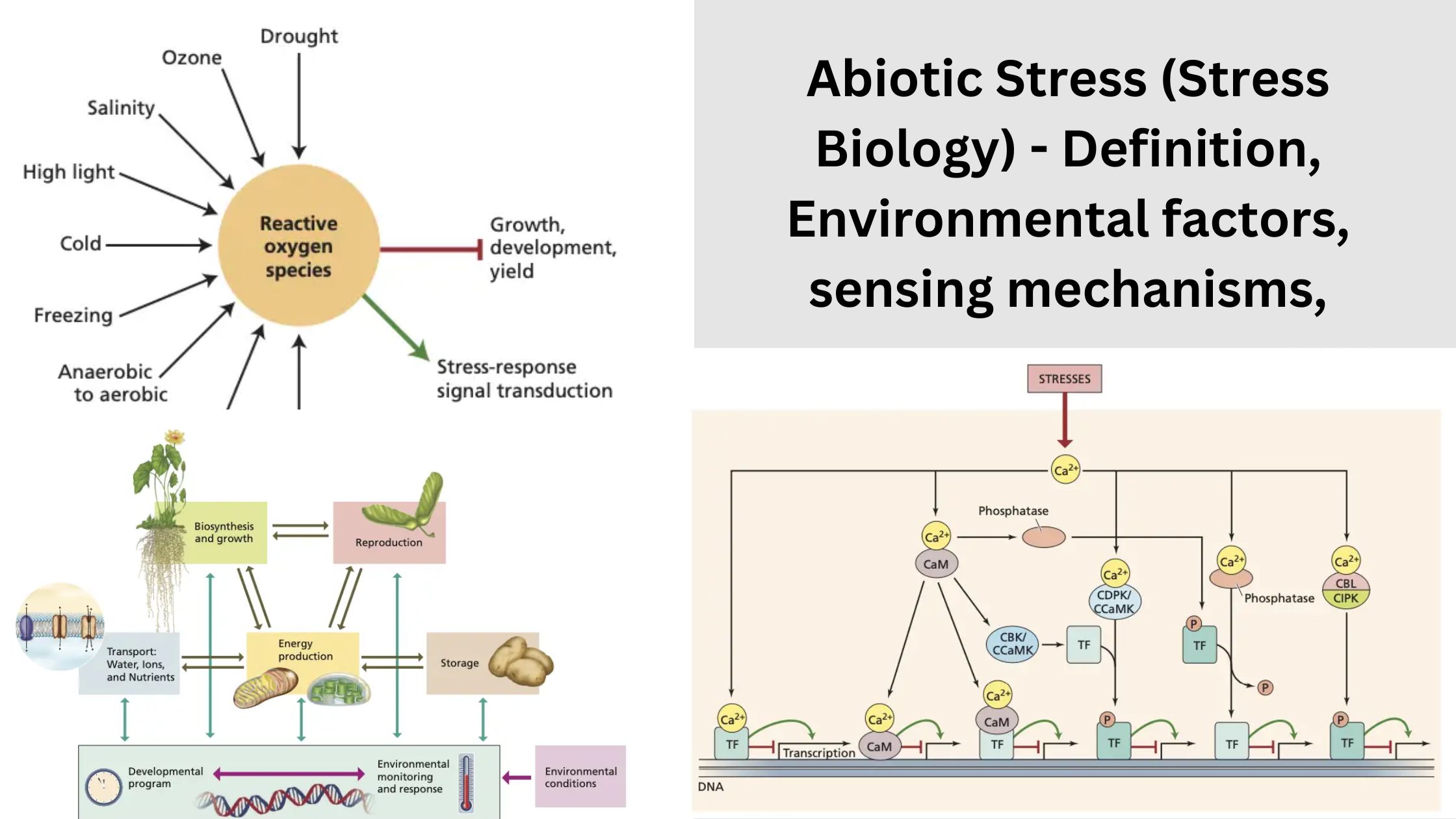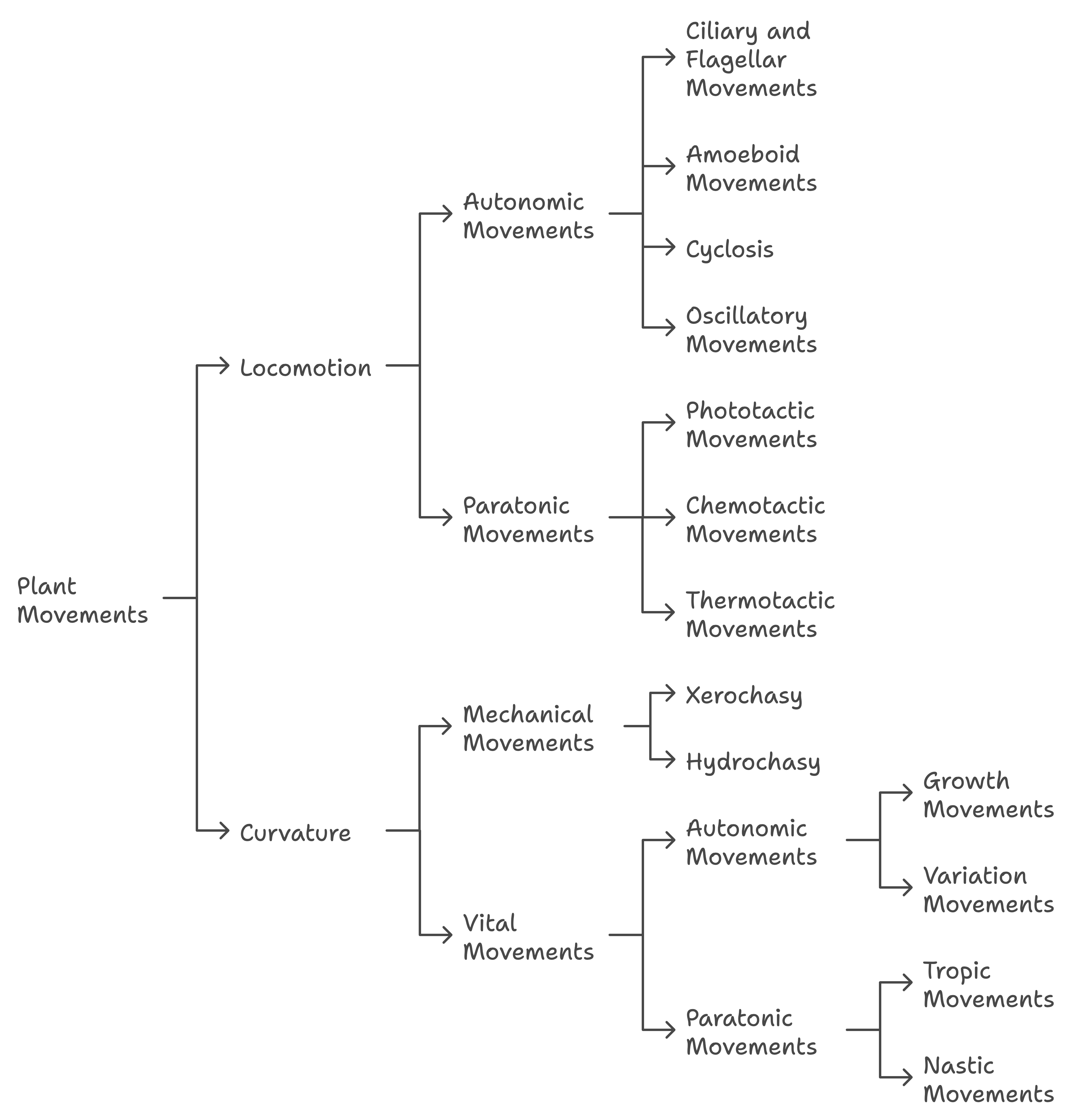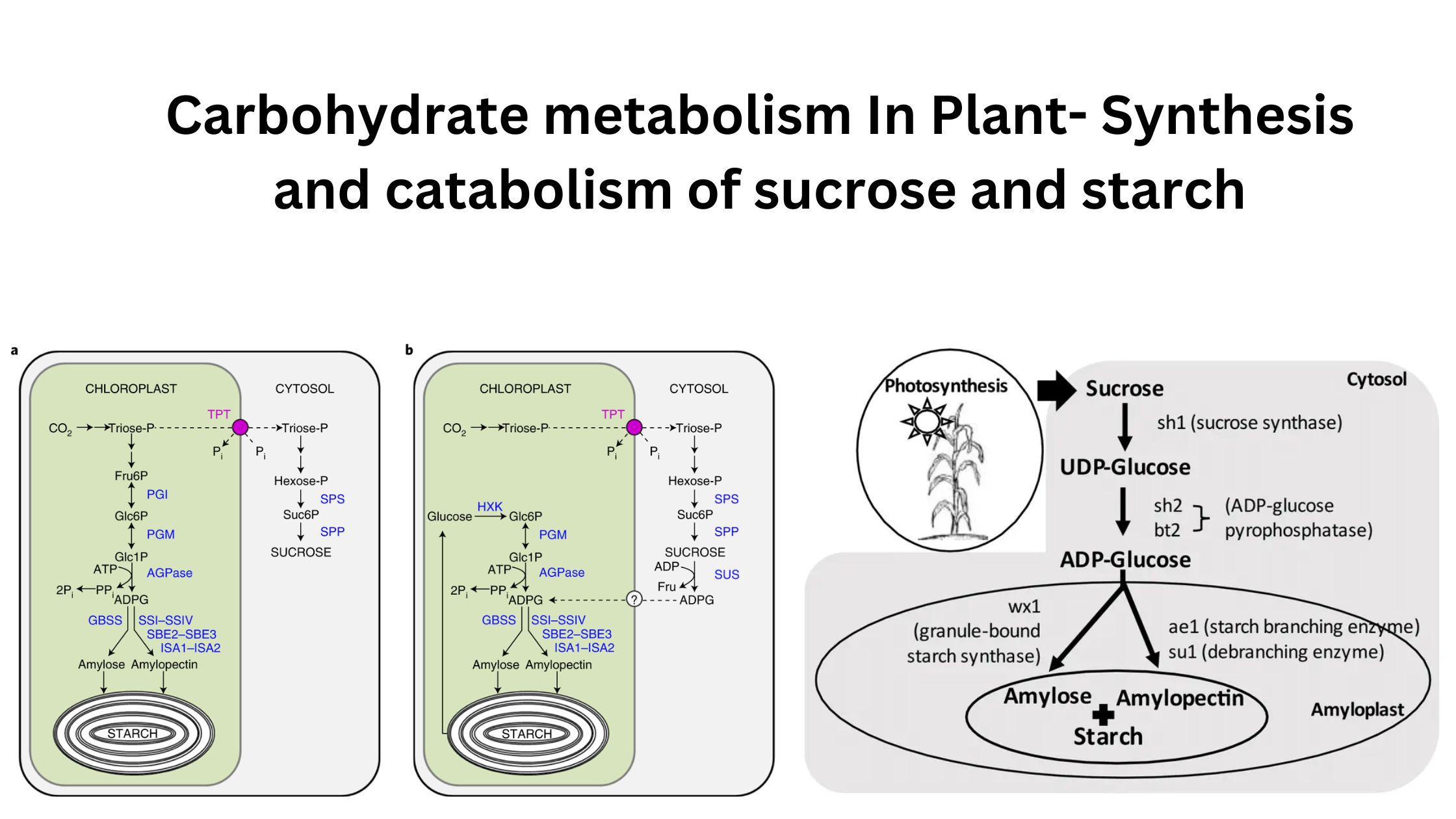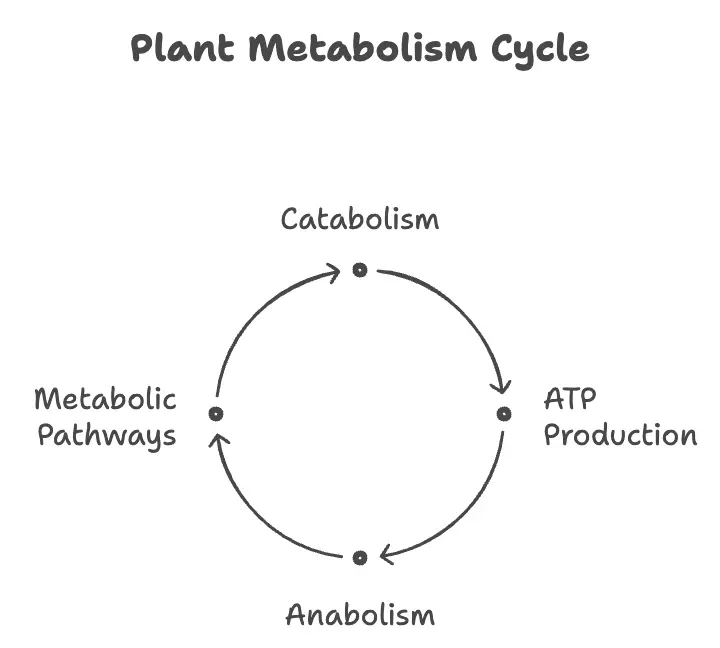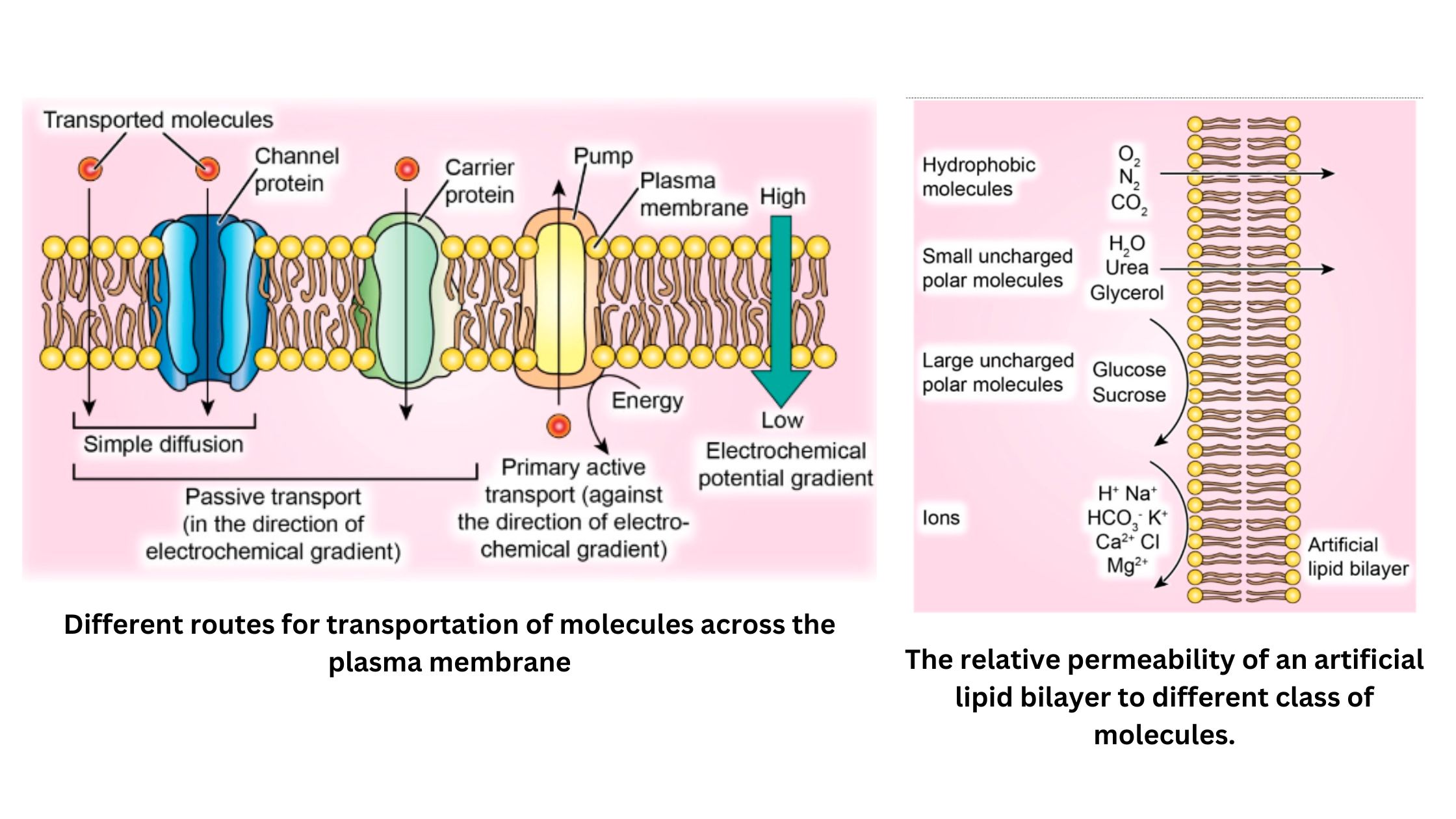Land – Utilization, Soil degradation and management.
What is Land? “Land” generally refers to the solid surface of the Earth that is not covered by water. It encompasses various aspects, including: Overall, land is a multifaceted concept that plays a vital role in various fields, including geography, law, economics, and environmental science. Utilization of Land Land Land utilization refers to the various … Read more

